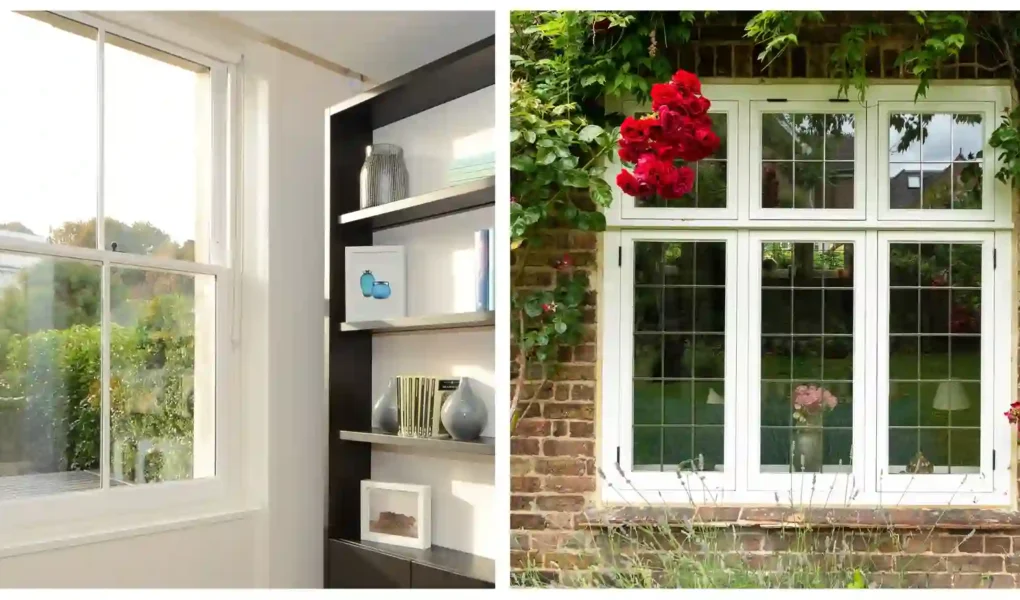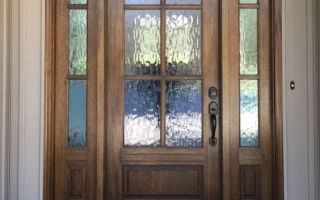Choosing between a window sash and casing can significantly impact the look and functionality of your windows. Their distinct roles help you make informed decisions for your home improvement projects. The window sash is essential for supporting the glass panes, while the casing serves as an aesthetic frame that enhances the overall appearance. Both elements come in various styles, giving you many options to match your home’s architecture.
What is a Window Sash?
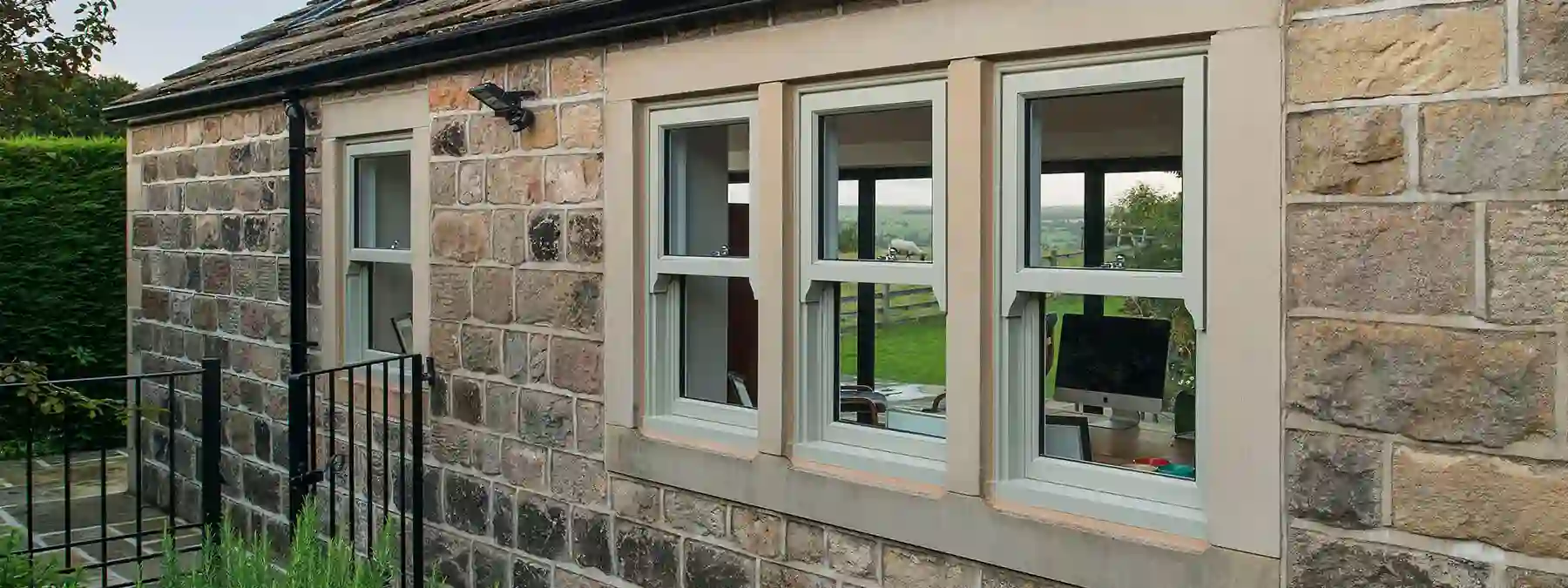
A window sash is the movable part of a window that holds the glass panes in place. It can slide up and down or swing open, depending on the type of window design. Sashes are typically made from wood, vinyl, or aluminum. The primary purpose of a sash is to allow for ventilation while providing structural support for the glass. This functionality makes it an essential component in both traditional and modern windows. In double-hung windows, you’ll find two sashes that operate independently. In casement windows, one sash usually opens outward on hinges. Window sashes come in various designs and styles, allowing homeowners to choose options that best fit their aesthetic preferences.
Types of Window Sashes
Window sashes come in various types, each designed to suit different needs and styles.
- One popular type is the single-hung sash, in which only the bottom section moves up and down while the top remains fixed. This isIt’s a space-saver for smaller rooms.
- Double-hung sashes allow both sections to slide. This design enhances ventilation and makes cleaning easier, as you can access both sides of the glass from inside your home.
- Casement sashes open outward with a crank mechanism, providing excellent airflow when fully extended. They’re often favored for modern aesthetics.
- Sliding sashes operate on tracks, offering seamless operation without protruding into outdoor spaces. They are ideal for patios or decks.
Awning sashes hinge at the top and swing outwards. These are perfect for rain protection while still allowing fresh air inside. Each type serves its unique purpose while adding character to your windows.
What is Casing?
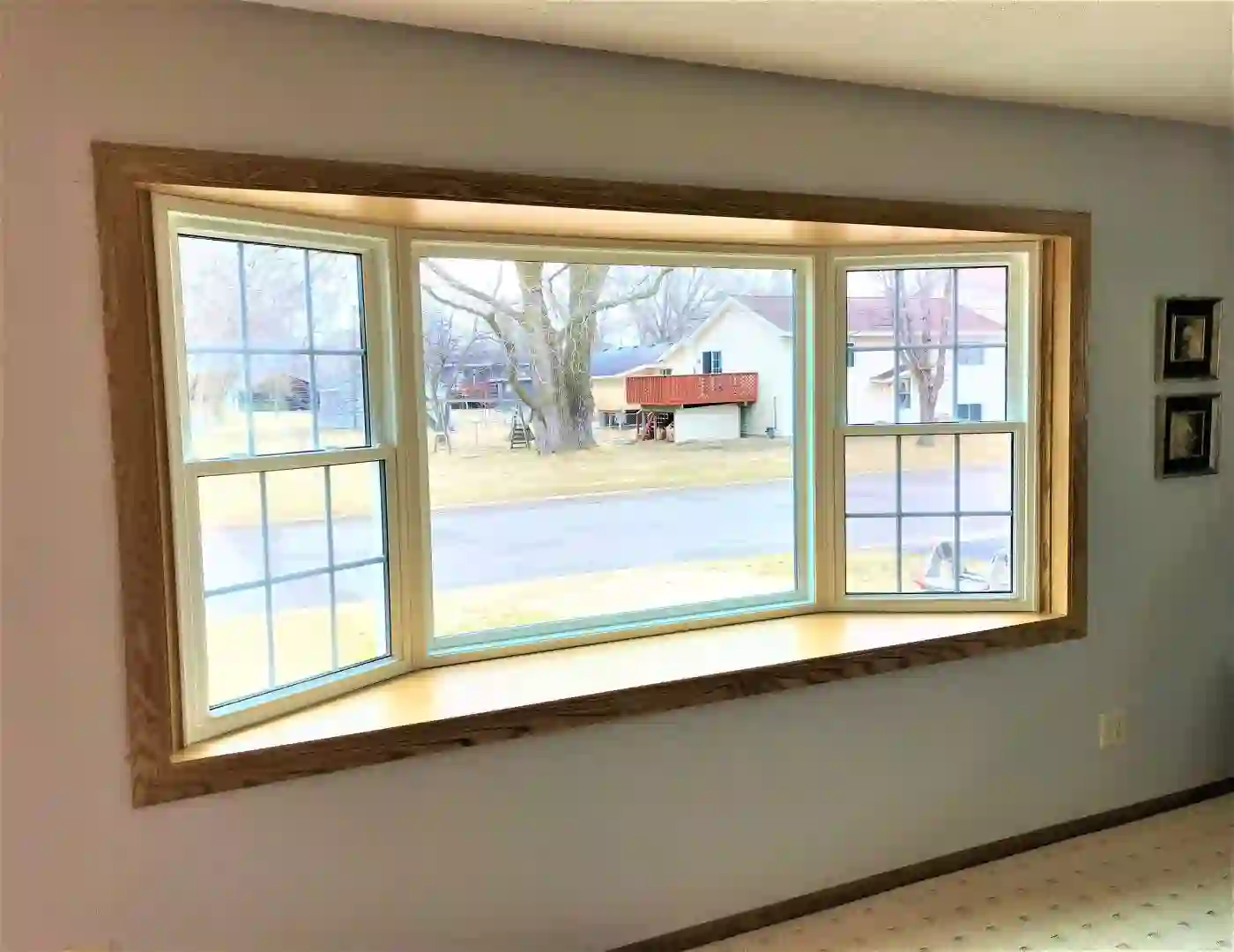
Casing refers to the trim or frame that surrounds a window. It serves both an aesthetic and functional purpose, enhancing the overall look of your windows while providing structural support. The design can vary widely, depending on architectural style and personal preference. The casing comes in various profiles and styles and is typically made from wood, vinyl, or composite materials. From simple flat boards to intricate designs with elaborate moldings, there’s something for every taste. The casing also plays a crucial role in sealing gaps between the window frame and the surrounding wall. This helps improve energy efficiency by reducing air leaks. Choosing the right casing can significantly impact your home’s interior appearance. Whether you’re aiming for a classic look or something more modern, casing options abound to suit any project.
Types of Casing
The casing comes in various styles, each offering a unique aesthetic. Traditional casing features ornate designs and intricate details. This style often reflects historical architecture and can add charm to any room. Modern casing leans toward minimalism, focusing on clean lines and simplicity. It complements contemporary interiors beautifully. Then there’s the colonial style, which combines elegance with functionality. Its broader profile makes it stand out while maintaining a classic feel. For those seeking versatility, flat casings are popular for interior and exterior applications. They provide a seamless look that works well in different settings. Decorative casing brings personality into play. These styles may incorporate patterns or textures to enhance visual interest without overwhelming the overall design of your windows.
Differences between Window Sash and Casing
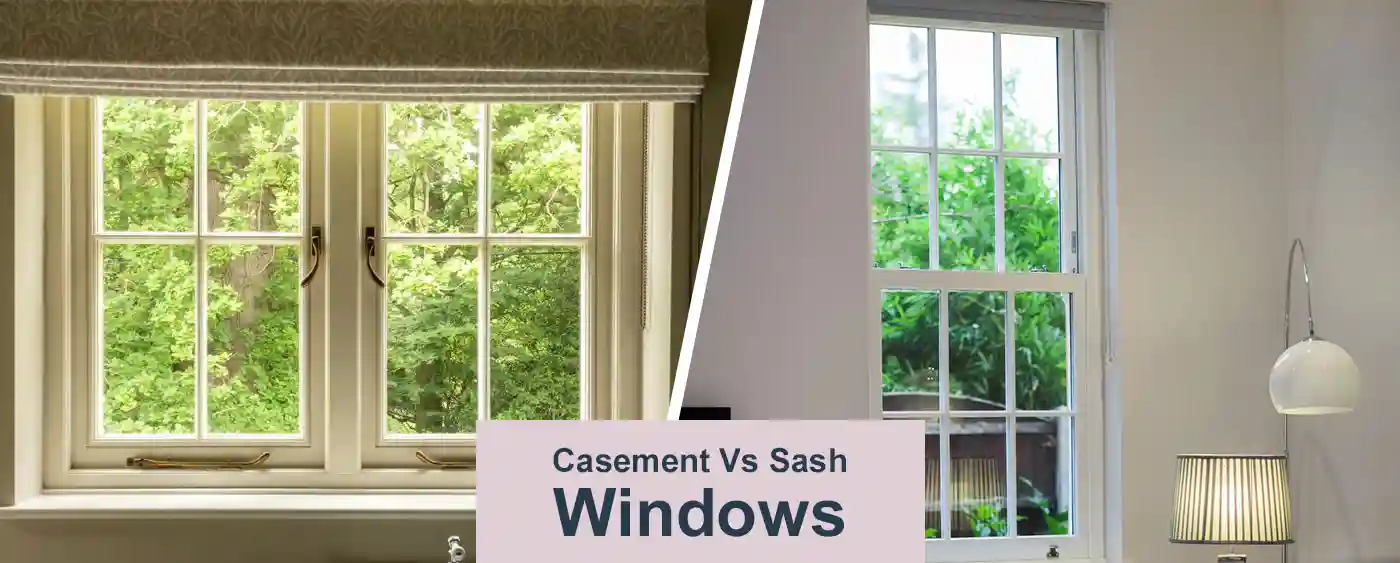
The window sash and casing serve distinct roles in a window’s structure. A window sash is the framework that holds the glass panes in place. It plays a crucial part in how windows open and close, influencing energy efficiency and ventilation. On the other hand, casing acts as trim surrounding the window. It not only enhances aesthetics but also protects against moisture intrusion. Functionally, sashes move while casings remain fixed to walls. This difference impacts installation techniques and maintenance requirements for each component.
How to Decide Which is Right for You
Choosing between window sash and casing depends on your needs and aesthetic preferences. Start by considering the style of your home. Traditional homes often benefit from ornate casings, while modern designs may call for simpler lines. A well-designed sash is essential if you need easy access to open or clean windows. However, casing is critical in enhancing visual appeal if you’re focused more on framing and finishing touches. Quality sashes can be an investment but are crucial for energy efficiency and durability. Conversely, decorative casings can elevate the look without breaking the bank.

